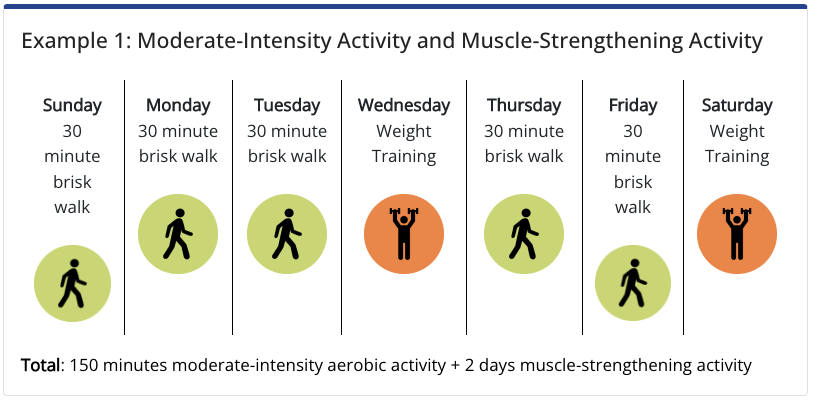Every year, Mother’s Day kicks off National Women’s Health Week. So what are a few simple things that women can do to stay healthy? Easy!
1. Schedule a checkup
Whether it is your yearly wellness check, pap smear, or scheduling your first mental health-related appointment, if you haven’t gone to the doctor in a while, now is the time.
Unfortunately, many of us only go to the doctor when we’re sick. If that sounds familiar to you, then you are not alone. But this year for National Women’s Health Week, you can set a goal to change that.
Wellness checks allow you to cover many bases all at once: getting up to date on your vaccines; scheduling screenings and tests so you can make sure to address potential issues before they start; and getting up-to-date education and counseling to help you make informed health decisions. And the screenings, tests, and health counseling can make all the difference when it comes to your long-term health. Checking things as routine as blood pressure, cholesterol, and weight can help doctors recognize early signs of issues that can become much larger down the line.


For women, the importance of staying up to date on reproductive health is all the more important. Women 21 to 29 should have a pap test every three years. That number goes up to every five years from age 30 to 65. And women aged 50 to 74 years old who are at average risk for breast cancer should get a mammogram every two years.
Lastly, the mental health struggles of women are well documented. If you’re having a hard time, seek help and find a licensed professional to talk to. According to Agenda Alliance:
- Three quarters (75%) of mental health issues in women are established before the age of 24, and young women have emerged as the highest-risk group for mental health.
- 29% Black women, 24% Asian women, and 29% mixed-race women have a common mental disorder, compared to 21% white British women, and 16% white other women.
- And women in poverty are more likely to face poor mental health, with 29% of women in poverty experiencing a common mental health disorder compared to 16% of women not in poverty—among other statistics.
2. Reevaluate your diet
It is easy to fall into bad habits when it comes to our diets. Stress, busy schedules, families, and a myriad of other things often make it easier for us to go grab a pizza on the way home than experiment with a healthy meal. So if you have noticed that your diet is less than impressive, maybe it is time to reevaluate what you eat day to day.
According to the standard dietary guidelines for Americans, a healthy diets consists of:
- Emphasizing fruits, vegetables, whole grains, and fat-free or low-fat milk and milk products;
- If you are pregnant, adding folic acid to your routine, which protects unborn babies against serious birth defects;
- Including a variety of protein foods such as seafood, lean meats and poultry, eggs, legumes (beans and peas), soy products, nuts, and seeds;
- Making sure your diet is low in added sugars, sodium, saturated fats, trans fats, and cholesterol; and
- Staying within your daily calorie needs—meaning if you are less active, your calorie intake will be lower than if you are training for a marathon. Speaking of which…
3. Get moving!
The absolute best way to stay healthy is to stay as active as you can. A moving body is a living body, and far too many of us have fallen into sedentary habits. For women especially, staying active helps combat issues later in life like osteoporosis, heart disease, and blood pressure or cholesterol issues.
If you haven’t been active in a while, now is the time to get even a simple routine in place. Consider easy entry exercises like yoga, using an elliptical, or even just going for a daily walk. And remember to stick with it! Early days of a new workout schedule can be tough, but once you get over the initial hill, your body will crave movement every day!


The CDC recommends 150 total minutes of moderate-intensity aerobic activity every week, plus two days of muscle-strengthening activity. Consider talking with your doctor or local gym to see how you can get to the level of activity you need to stay healthy, and find a group of people to stay active with!




